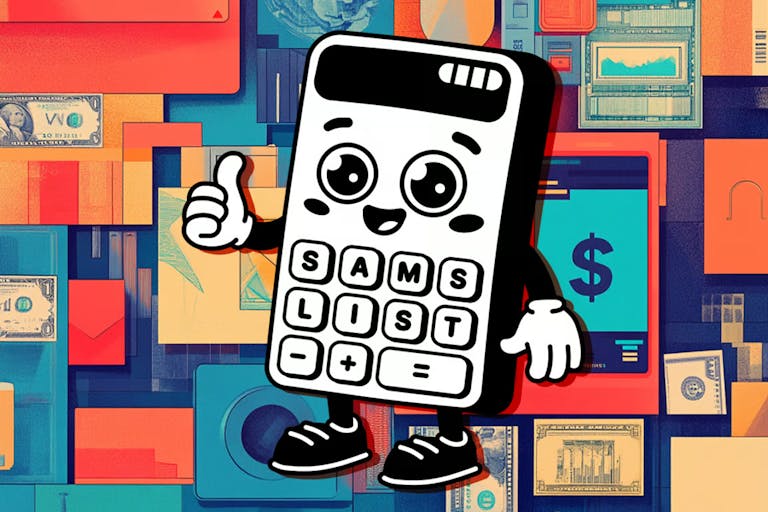TL;DR
Just received a $2 million gift in the U.S.? Here’s exactly what to do: pause, hire afee-only advisor, handle any potential gift tax filings, prioritize tax-efficient investing, and align your financial plan with your future life goals. These steps help you make the most of a major financial windfall.
Looking for a CFP? BrowseSam's Listto find a financial planner specialized to you and your needs!
You Just Received $2 Million Dollars. Now What?
If you’ve just received a $2 million gift in the U.S., here’s exactly how to think through your next steps—without rushing into mistakes.
This post was inspired by a real question on Reddit, where a user shared:
“I received $2,000,000 yesterday and still in a bit of shock… Trying to figure out how to best use this.”
They’re 32, earning $180K/year, and not sure whether to invest, pay off a mortgage, or max out accounts.
Here’s a breakdown of how to approach it with clarity.
Top 5 Things to Do With a $2 Million Gift
Pause before making big financial decisions
Hire a fee-only financial planner
Review gift tax implications and report properly
Consider mortgage prepayment—but only if it makes financial sense
Align your plan with your personal life goals
| Priority Area | Suggested Action |
|---|---|
| Roth IRA / 401(k) | Maximize annual limits |
| Investment Strategy | Diversify & assess tax treatment |
| Mortgage | Consider partial paydown |
| Advisor | Hire fee-only with fiduciary standards |
| Life Planning | Clarify values, work goals, future self |
1. Hit Pause Before You Act
Take a beat. A financial windfall triggers stress responses just like a job loss or big purchase. It’s tempting to do something right away—but the smartest first step is slowing down.
2. Hire a Fee-Only Financial Planner
Fee-only means the advisor doesn’t earn commissions on products. You’re paying for judgment, not sales. A qualified fee-only advisor will help you prioritize decisions and build long-term clarity.
Start here:Sam's List- Financial Planners each specialized in working with a specific group of people.
NAPFA – Find a Fee-Only Financial Planner
3. Prioritize Tax-Smart Structuring
You’ll want to think about:
Maxing out401(k) plansorHSAs
Tax-efficient ETFsand municipal bonds
Income from dividends, capital gains, interest
And if you're the gift recipient:you don’t owe gift tax—but thegivermust report anything over $18,000 per person (2024) using IRS Form 709.
4. Revisit Your Mortgage—but Don’t Rush to Pay It Off
Depending on your mortgage rate, paying it downmay notbe the most efficient use of funds. If the rate is low and your investments can outperform it (after-tax), consider keeping that leverage.
Still, explore partial paydowns—especially if it brings peace of mind.
5. Define Your Future (Not Just Your Assets)
Windfalls can trigger identity crises. Take time to clarify:
What life do you want in 10 years?
How much do you want to work?
Do you want to start a business or give to causes?
Your financial plan should support your life plan—not the other way around.
FAQs
Q: Do I have to pay tax on a gift like this in the U.S.?
A: No. The recipient doesn’t pay gift tax—but thegivermust report it using IRS Form 709 if it exceeds the annual limit ($18,000/person in 2024).
Q: Should I invest the entire $2 million?
A: Not necessarily. It depends on your risk tolerance, goals, and liquidity needs. Work with a fiduciary planner to map out a diversified strategy. A good fee-only advisor can help structure this windfall efficiently.
Q: How do I find a trustworthy fiancial planner?
A: Use directories likeSam's ListorNAPFAto find U.S.-based fee-only fiduciary advisors.
You Might Also Like
Financial Advisors Who Can Help:
Author: Kimi, Co‑founder of Sam’s List
Kimi writes about what she's learning while building Sam’s List and shares honest takeaways from her conversations with accountants and financial advisors across the country. None of this is financial advice—just the stuff most people wish someone told them sooner.







